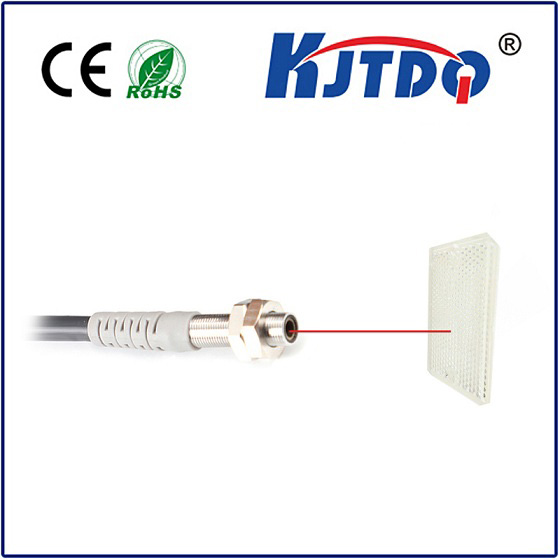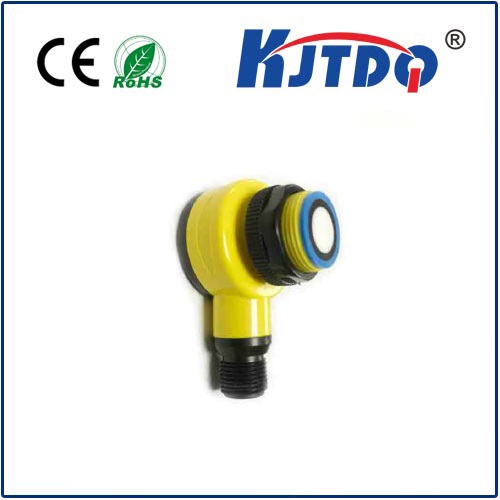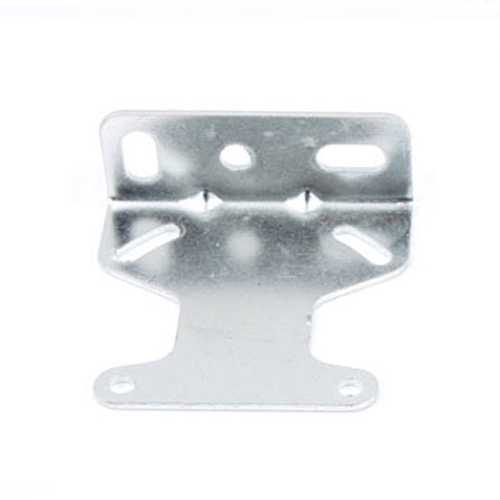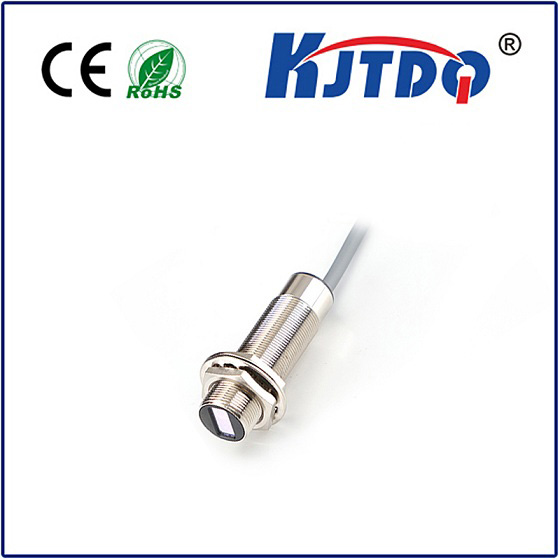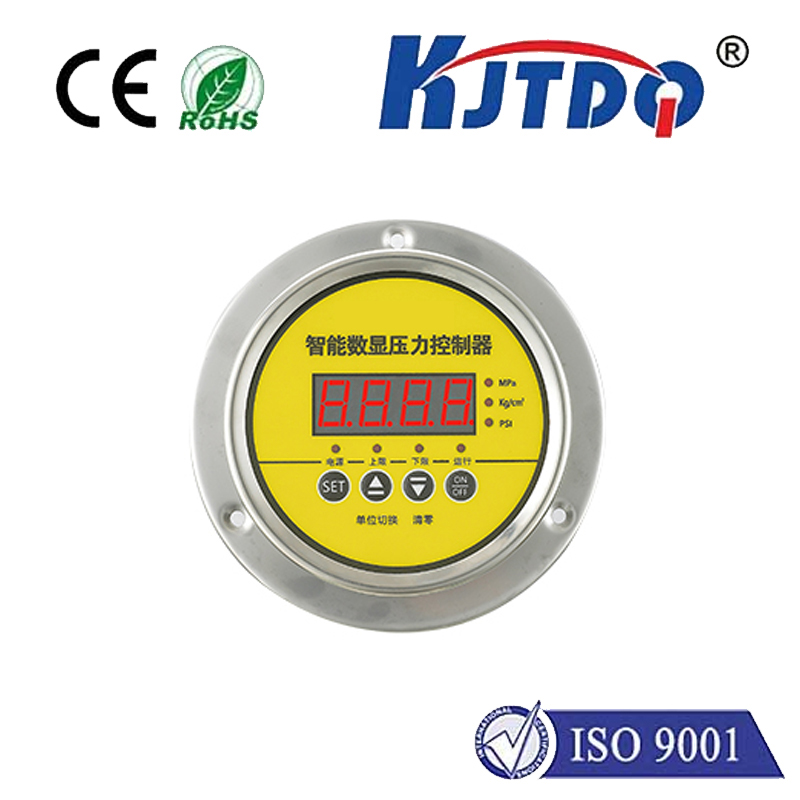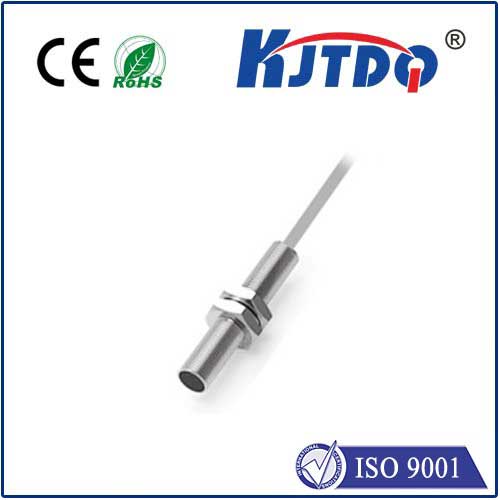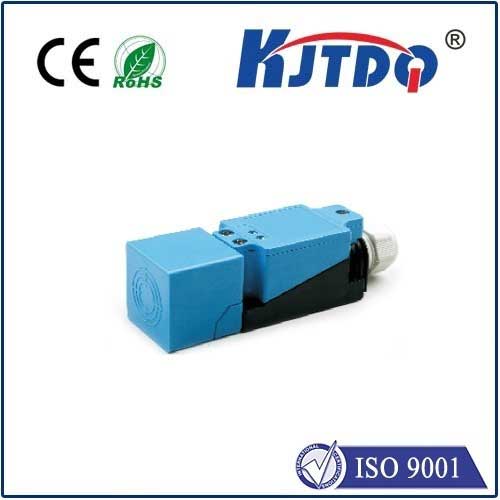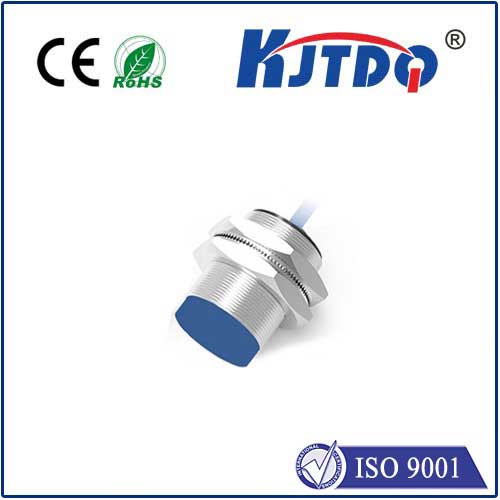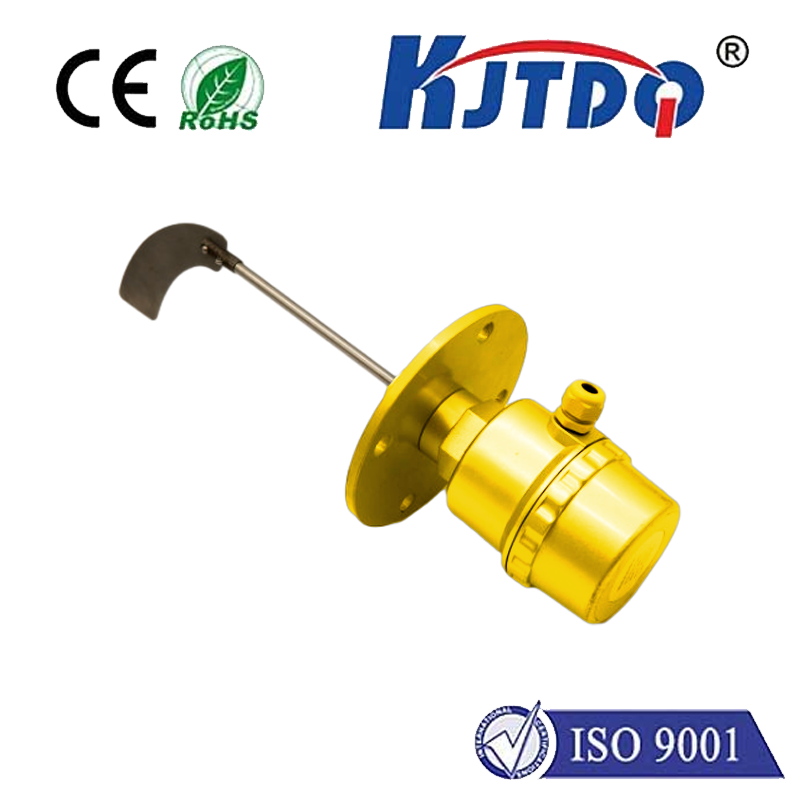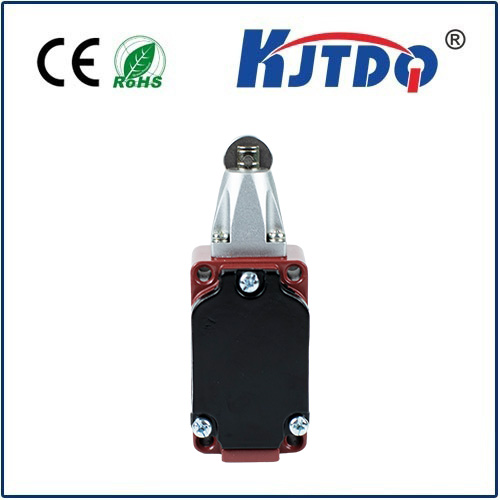Title: How to Build a Smart Water Level Monitoring System with VL53L0X Time-of-Flight Sensor
Imagine a world where water tanks never overflow, agricultural fields stay perfectly irrigated, and flood warnings arrive before disaster strikes. This vision is closer than ever, thanks to innovations in sensor technology like the VL53L0X, a cutting-edge time-of-flight (ToF) laser-ranging sensor. While traditionally used for proximity sensing in smartphones and robotics, this tiny device is now revolutionizing water level monitoring with its precision and adaptability.
The VL53L0X, developed by STMicroelectronics, measures distance using infrared laser pulses. Unlike traditional float-based sensors or ultrasonic modules, it offers sub-millimeter accuracy and operates effectively in diverse environments—from dark underground tanks to sunlit reservoirs. Its compact size (just 4.4 x 2.4 mm) and low power consumption make it ideal for IoT-enabled water management systems. Key advantages include:

The sensor calculates distance by emitting a laser pulse and measuring the time it takes to reflect off the water’s surface—a method known as time-of-flight ranging. This data is converted into a digital signal, which microcontrollers like Arduino or Raspberry Pi can process to determine real-time water levels. Implementation steps simplified:
While the VL53L0X excels in controlled environments, real-world water monitoring introduces variables like condensation, surface turbulence, and debris. Here’s how engineers address these:
In a recent project, a farm in California integrated VL53L0X sensors into its irrigation system. The sensors monitored water levels in 50+ storage tanks, feeding data to a central dashboard. Results included:
As urban areas adopt smarter water management, the VL53L0X is poised to play a critical role. Cities like Singapore are testing these sensors in stormwater drainage networks to predict floods. Meanwhile, residential complexes use them for rooftop tank automation, ensuring uninterrupted supply while preventing overflow. Innovations on the horizon:
For hobbyists and engineers alike, building a basic water level detector is straightforward. You’ll need:
From conserving precious resources to preventing infrastructure damage, the marriage of VL53L0X technology and water level monitoring is reshaping industries. As sensor costs drop and IoT networks expand, this solution will become accessible to everyone—from tech giants to backyard gardeners. The next wave of water management isn’t just smart; it’s laser-focused.
